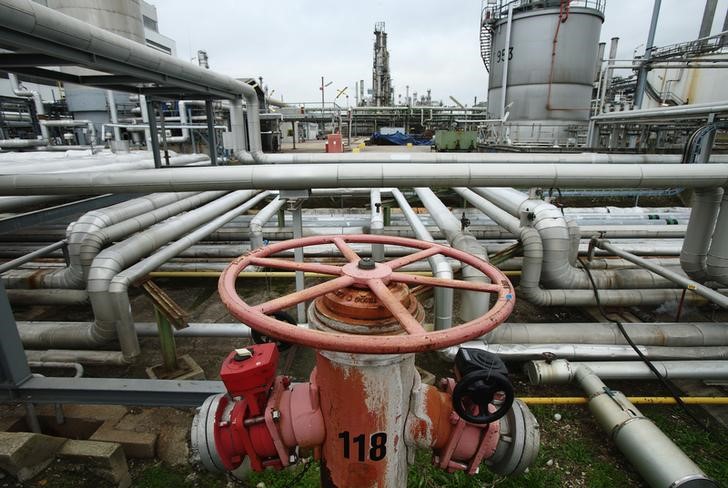SINGAPORE (Reuters) - China's imports of Iranian crude oil fell by 25 percent from a year earlier, customs data showed on Thursday, while imports from rival producer Saudi Arabia surged from a year ago making it the country's top supplier for a second month.
China, the world's largest oil importer, took in 2.3 million tonnes, or about 541,100 barrels per day (bpd) of crude from Iran in March, data from the General Administration of Customs showed, up from the 509,700 bpd imported in February.
Iranian imports rose just ahead of this week's decision by the United States to end waivers on sanctions over Iranian oil exports.
The United States on Monday demanded buyers stop purchases by May or face sanctions, ending six months of waivers which allowed Iran's eight biggest buyers, most of them in Asia, to continue importing limited volumes.
China is Iran's largest oil buyer, with total imports last year averaging 585,400 bpd, including the share of production from Iranian oil fields that Chinese state energy groups have invested in. Chinese customs data includes both crude oil and condensate.
The higher imports versus February suggest that Chinese firms pre-stocked in anticipation of at least a reduction in the waiver volume as the six-month exemption period neared its end.
Imports from Saudi Arabia were 7.325 million tonnes, or 1.72 million bpd, up nearly 60 percent from a year earlier, the customs data showed.
The surge in imports followed Saudi Arabia, the world's biggest oil exporter, signing 2019 term supply contracts with new Chinese refiners Hengli Petrochemical and Zhejiang Rongsheng.
Crude oil imports from Russia, China's top supplier on an annual basis between 2016 and 2018, reached 5.39 million tonnes last month, or 1.26 million bpd, trailing behind Saudi Arabia. That is down 7.7 percent from a year earlier.
China imported 1.06 million tonnes of crude oil from Venezuela, down 42 percent from a year earlier and a sharp drop from February's 2.033 million tonnes, which was the highest since at least the start of 2018, the data showed.
The slower imports came as widespread power blackouts hit the South American exporter.
